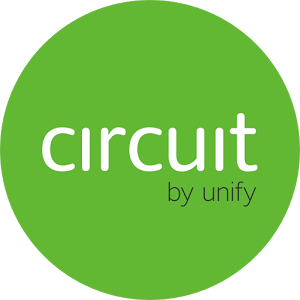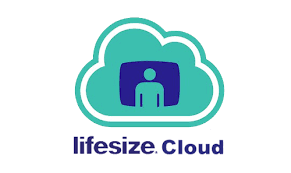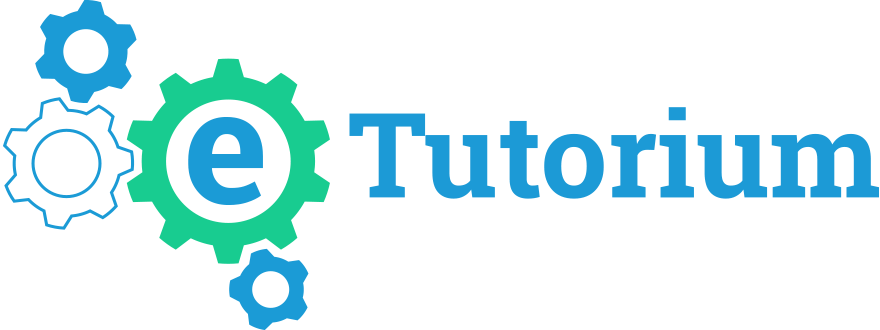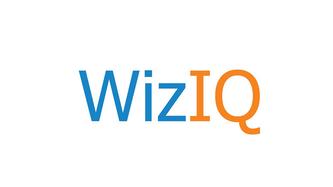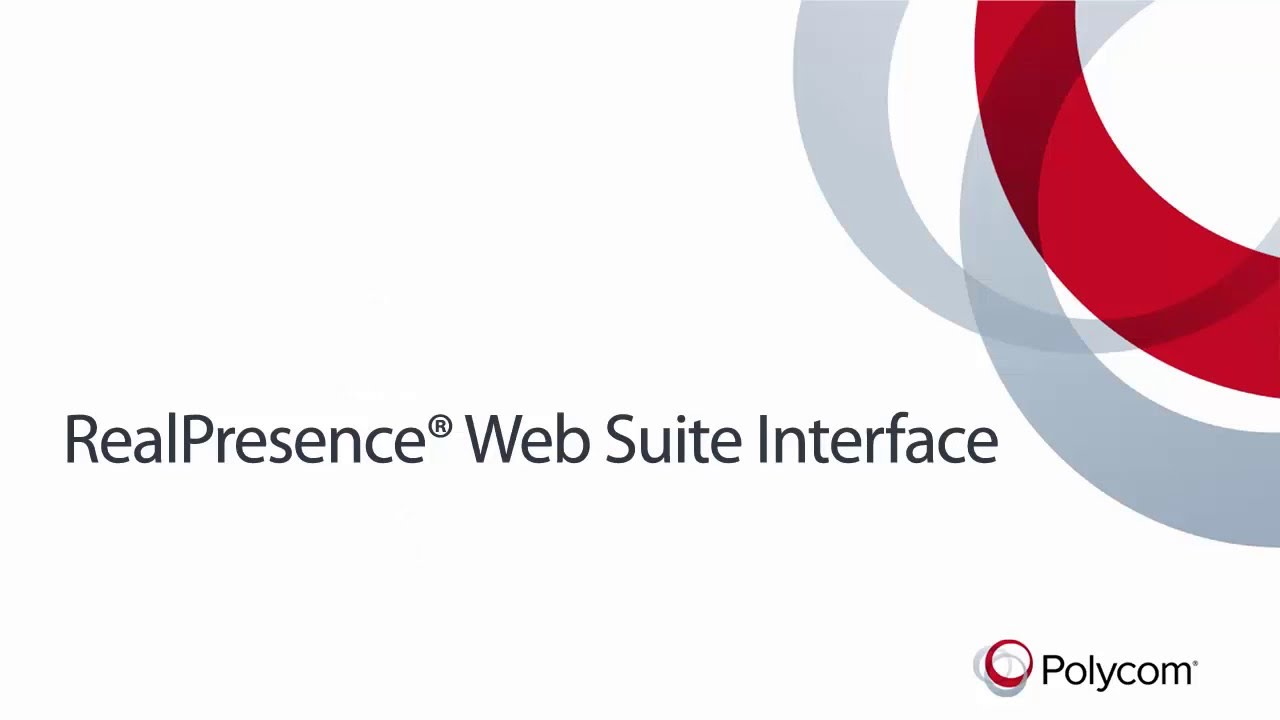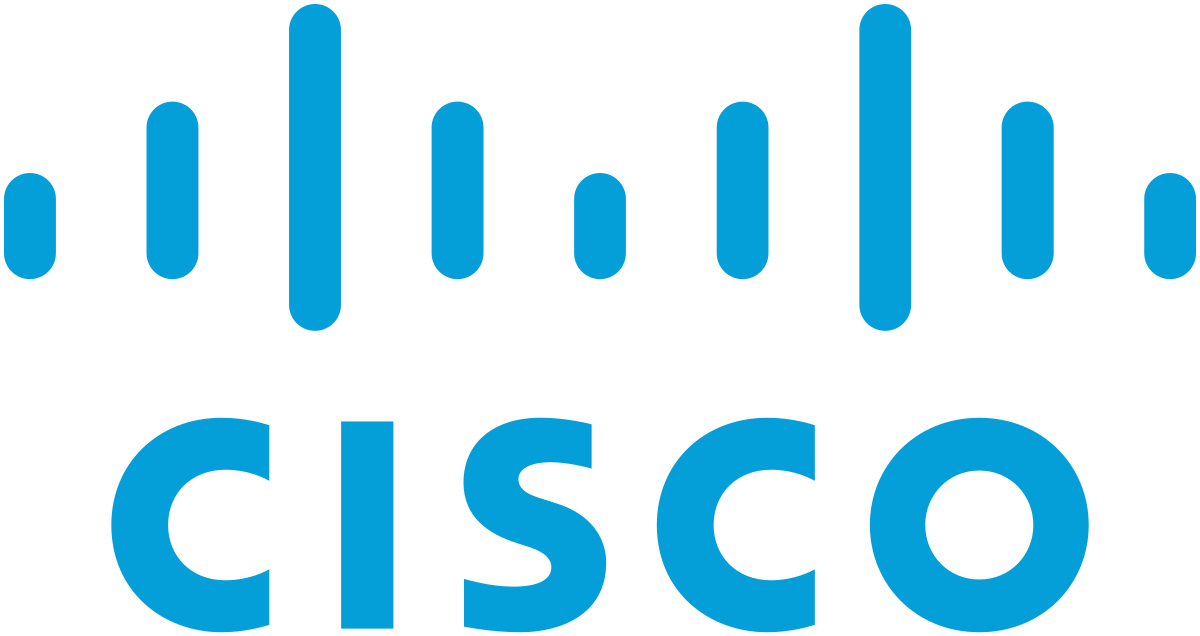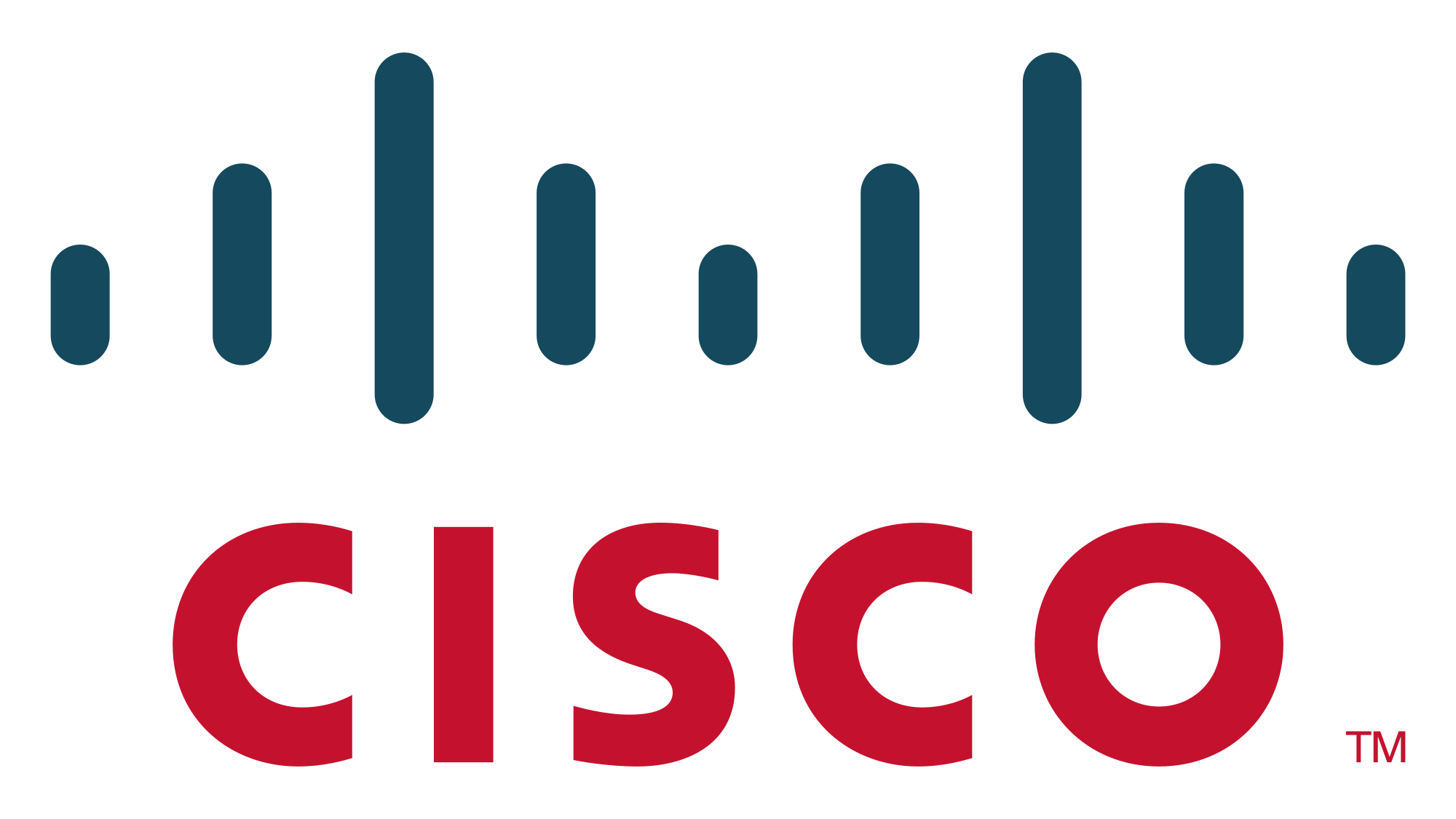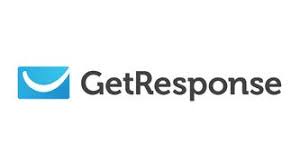
Categories
Problems that solves
Low quality of customer service
Employee retention
Low quality of customer support
Poor communication and coordination among staff
Values
Reduce Costs
Improve Customer Service
Appraise and Train Staff
Support Customers
GetResponse
GetResponse is a cloud-based marketing tool that allows users to connect with their customers through email and create landing pages.
Description
GetResponse is a cloud-based marketing tool that allows users to connect with their customers through email and create landing pages. It caters primarily to small businesses, bloggers and marketing agencies. GetResponse provides an email creator that helps users draft emails without any prior knowledge of programming. This module contains templates for sending emails and images for supporting design requirements. Get Response's Inbox Preview feature displays how emails appear. A/B testing enables users to test the effectiveness of a campaign by optimizing elements such as subject line and the best time to send. GetResponse follows a responsive design approach, the appearance of emails can change according to the device display. The solution’s List Booster feature can import contacts from hard disks and mail clients such as Gmail, Magento, Salesforce and Highrise. It also implements an auto-respond module, which can send birthday emails and customized offers. Pricing is per month. Support is offered via chat, email and tutorials.

